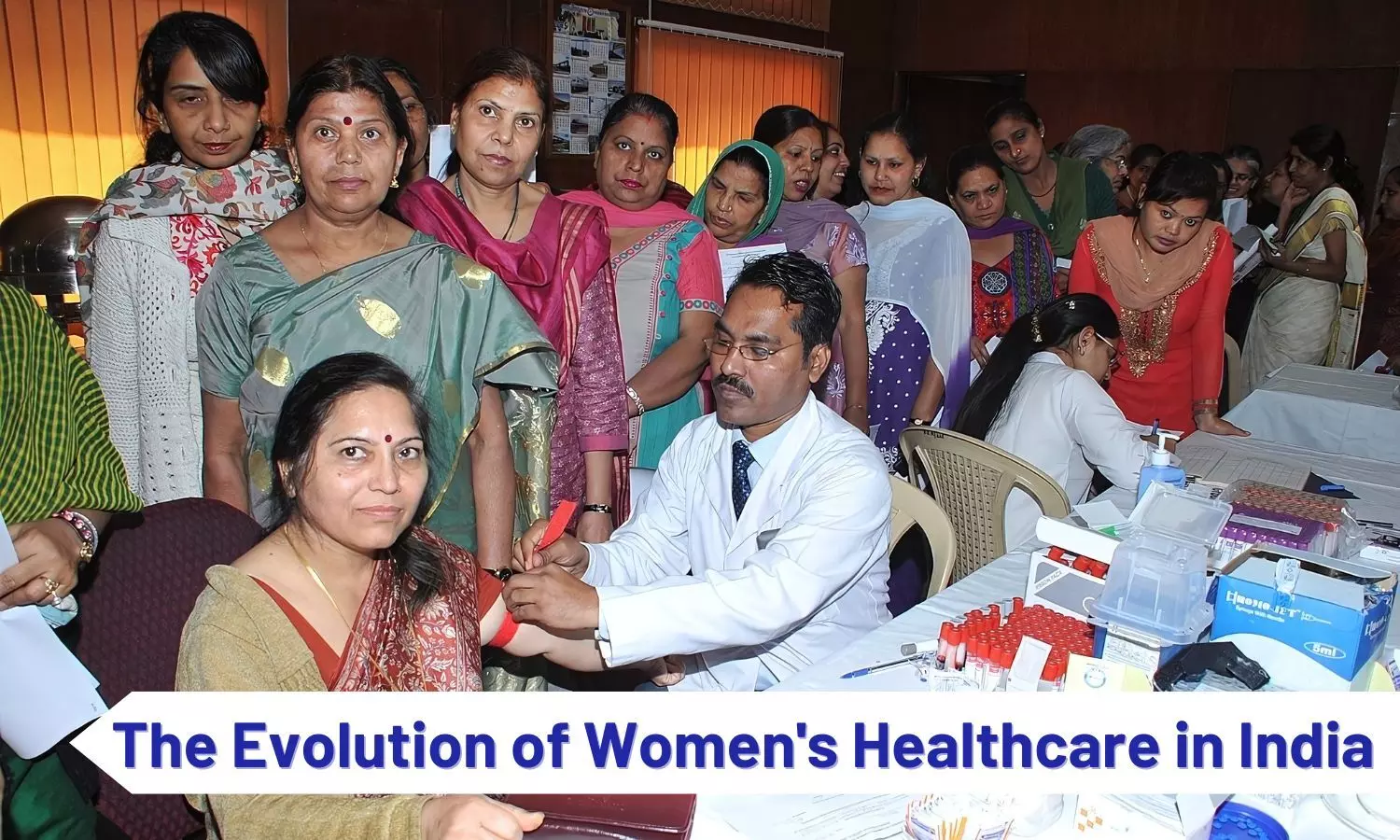The Evolution of Women's Healthcare in India: Milestones and Future Challenges

The Evolution of Women's Healthcare in India: Milestones and Future Challenges
Explore how policy changes, technological innovations, and holistic approaches are shaping the future of women's healthcare.
Women’s healthcare in India has undergone a profound transformation over the decades. From rudimentary practices rooted in tradition to a more sophisticated and evidence-based approach, the journey reflects broader societal changes and advancements in medical science. This evolution, marked by significant milestones and ongoing challenges, highlights the critical need for continued innovation and advocacy.
Post-Independence: Early Developments and Institutionalization
The post-independence period marked a turning point in the evolution of women’s healthcare in India. The Indian government began to recognize the importance of women’s health as a critical component of overall public health.
- Policy Initiatives and Programs - In the 1950s and 1960s, the Indian government launched several initiatives aimed at improving maternal and child health. Programs such as the Maternal and Child Health services were established, focusing on reducing maternal mortality rates and improving infant health. The introduction of family planning programs in the 1970s further highlighted the need for comprehensive reproductive health services.
- Institutional Growth - The establishment of institutions like the All India Institute of Medical Sciences (AIIMS) and the National Institute of Public Health (NIPH) brought a more structured approach to women’s healthcare. These institutions played a crucial role in research, training, and the development of healthcare policies.
The 1990s and 2000s: Expansion and Modernization
The 1990s and early 2000s saw a significant expansion in women’s healthcare services, driven by both government and non-governmental efforts. This period was marked by increased focus on a wide range of health issues beyond maternal and child health.
1. Reproductive Health and Family Planning - The launch of the Reproductive and Child Health (RCH) Program in the 1990s aimed to address various aspects of women’s reproductive health. This program expanded the scope of family planning services and introduced new methods of contraception, aiming to empower women with more choices and control over their reproductive health.
2. Health Infrastructure and Access - The development of health infrastructure, including the establishment of district hospitals and primary health centers, improved access to healthcare services for women, especially in rural areas. The National Rural Health Mission (NRHM), launched in 2005, was a landmark initiative aimed at improving healthcare delivery in underserved regions, with a particular focus on women’s and children’s health.
3. Awareness and Education - Increased awareness and education about women’s health issues became more prominent. Campaigns and programs aimed at educating women about breast cancer, cervical cancer, and reproductive health contributed to greater public awareness and early detection.
The 2010s: Innovations and Holistic Approaches
The last decade has seen further advancements and innovations in women’s healthcare, driven by technological advancements and a more holistic approach to health.
Technological Advancements - The integration of technology into healthcare has brought significant improvements. Telemedicine and mobile health applications have expanded access to healthcare services, particularly in remote areas. Innovations in diagnostic tools and treatment methods have improved the accuracy and effectiveness of medical interventions.
Holistic Health Approach - There has been a shift towards a more holistic approach to women’s health, encompassing mental well-being, nutrition, and lifestyle factors. Programs addressing mental health, such as counseling services and support groups, have gained prominence. Additionally, there is an increasing focus on preventive care, with initiatives aimed at promoting healthy lifestyles and early detection of health issues.
Legal and Policy Reforms - Legal and policy reforms have played a crucial role in advancing women’s healthcare. The enactment of laws such as the Protection of Human Rights Act and the Right to Health Act reflects a commitment to ensuring women’s rights and access to quality healthcare services. Policies addressing issues like domestic violence and sexual health have also contributed to a more supportive environment for women.
Current Challenges and Future Directions
Despite significant progress, challenges remain in achieving comprehensive and equitable women’s healthcare in India.
- Regional Disparities - Significant disparities in healthcare access and quality persist between urban and rural areas, as well as among different states. Rural areas often face shortages of healthcare facilities and professionals, limiting access to essential services.
- Socioeconomic Barriers - Economic and social barriers continue to impact women’s health. Low-income women and those from marginalized communities face greater obstacles in accessing quality healthcare services. Addressing these disparities requires targeted interventions and increased investment in healthcare infrastructure.
- Addressing Stigma and Cultural Norms - Cultural norms and stigma around certain health issues, such as menstruation and reproductive health, can hinder women from seeking timely medical care. Overcoming these cultural barriers is essential for improving health outcomes.
- Focus on Non-Communicable Diseases - As India grapples with the rise of non-communicable diseases (NCDs), such as diabetes and cardiovascular diseases, there is a need to address these issues within the context of women’s health. Developing targeted strategies to manage and prevent NCDs is crucial.
The evolution of women’s healthcare in India is a testament to the country’s commitment to improving health outcomes for women. From traditional practices to modern advancements, the journey reflects both progress and the ongoing need for innovation and equity. As India continues to navigate the complexities of healthcare, a concerted effort towards addressing challenges and expanding access to quality services will be vital in ensuring that every woman can lead a healthy and fulfilling life.
















